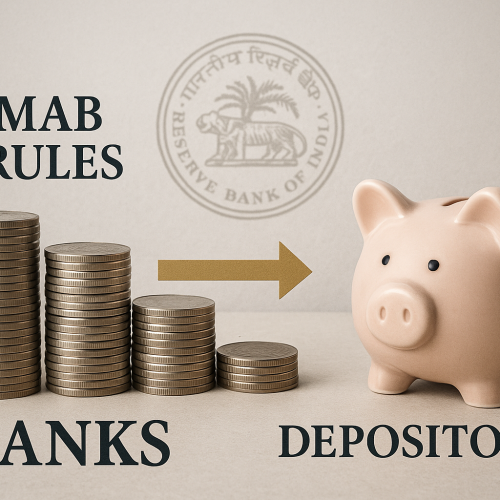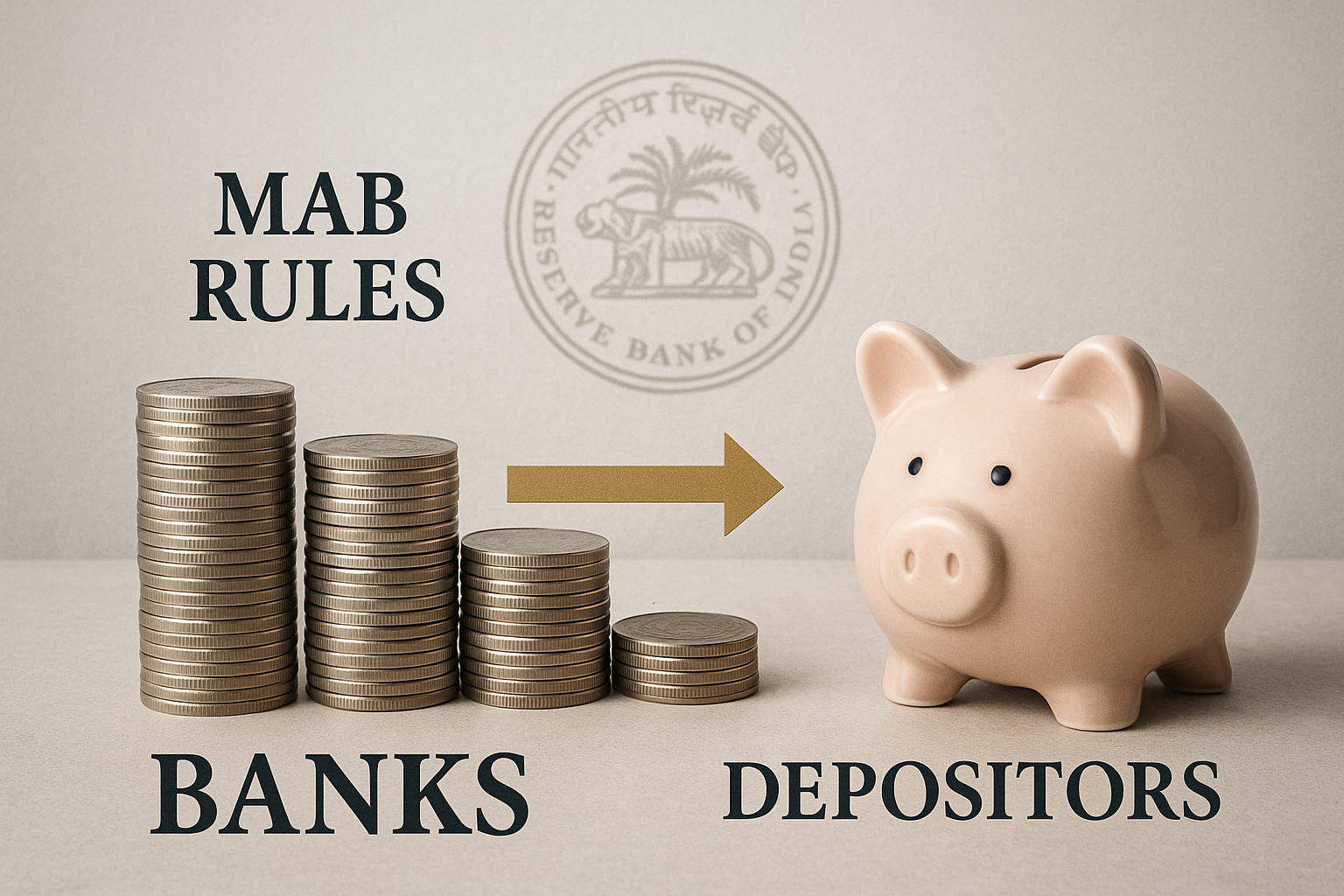In a much-anticipated “Diwali gift” to the nation, the Indian government is poised to overhaul the Goods and Services Tax (GST) framework, reducing the current multi-slab structure to just two primary tax rates—5% and 18%, with a separate elevated rate of 40% for luxury and so-called “sin” goods. The reforms are expected to significantly benefit consumers and small businesses and are expected to go live by October.
Key Highlights of the Proposed GST Overhaul
Simplified Structure: The envisioned GST model cuts through complexity by consolidating existing slabs into just two standard rates—5% for everyday essentials and 18% for most other goods and services.
Targeting Consumer Relief: This restructuring is expected to ease the tax burden on items widely used across households and small enterprises—part of a broader push to promote inclusive growth.
Luxury Goods Premium: A special 40% levy will be applied to high-end and sin category products such as tobacco and luxury items, reinforcing the equity and rationality argument.
Timeline & Policy Momentum: Strategically announced during the Independence Day address as a Diwali bonanza, the reforms are expected to take effect by October, subject to GST Council approval after the scheduled Group of Ministers (GoM) deliberations.
Rationale Behind the Reform
Improving Compliance & Ease of Doing Business: Fewer tax slabs mean reduced complexity in filing and rate application—especially helpful for MSMEs and small traders.
Lower Tax Burden for Citizens: 99% of items currently taxed at 12% and 90% of those at 28% are poised to move to either the 5% or 18% bracket, delivering direct financial relief.
Expert Perspectives
The reform is being hailed as one of the most impactful tax simplification efforts since the GST rollout. Stakeholders and observers expect:
Better fairness and clarity in tax policy execution.
Enhanced fiscal efficiency without compromising essential revenue streams.
A potential economic boost through increased consumption and smoother compliance dynamics.












